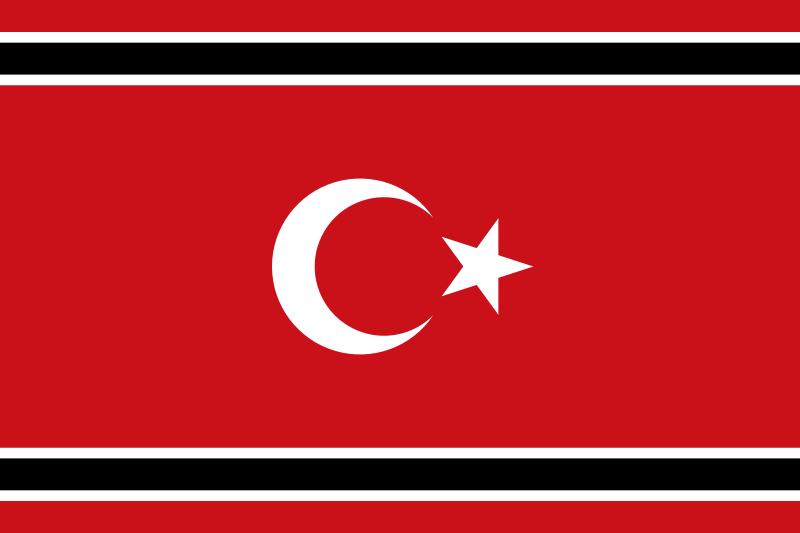SUMMARY
This is AI generated summarization, which may have errors. For context, always refer to the full article.

MANILA, Philippines – On Aug 15, 2005, the government of Indonesia and the Free Aceh Movement (GAM) signed a peace agreement that put an end to 3 decades of conflict that claimed over 15,000 lives and displaced tens of thousands of people in northern Sumatra.
The peace process in Aceh was in many ways quite similar to the one currently underway in Mindanao between the Philippine government and the Moro Islamic Liberation Front (MILF).
What lessons can be drawn from that experience and what can we expect from the new Framework Agreement if we compare it to Aceh?
Background
Much like Mindanao with the Spanish, Muslim Aceh became a source of conflict when the Dutch colonizers arrived in Indonesia in 1873.
Indonesia declared independence from the Netherlands in 1945, and 4 years later the Republic of Indonesia was formally established, including Aceh in a unitary state.
But the Acehnese did not want to be part of a non-Islamic state and demanded to be a special autonomous region with powers over culture, education and religion.
Jakarta agreed, and the peace lasted for more than two decades decade until the 1970s, when vast deposits of natural gas were discovered in Aceh.
Like in Mindanao, the natural resources were pilfered by the national government and the local population practically did not benefit at all from them and remained one of the poorest and most underdeveloped regions in Indonesia.
Conflict erupts
The Aceh Sumatra National Liberation Front — later renamed Gerakan Aceh Merdeka or GAM — was formed in 1976 and that same year declared the independence of the territory from the “Javanese colonialists,” as they viewed the national government in Jakarta.
The authorities, like in Mindanao, responded by launching an all-out military campaign to crush the rebels.
Scores of GAM militants were killed in the counterinsurgency operations as well as many civilians, and between 120,000 and 150,000 were internally displaced at the end of 2004.
Negotiations begin
General Suharto, who ruled Indonesia with an iron fist from 1956 to 1998, refused to negotiate with the Free Aceh Movement while he was in power, but after he stepped down his successors opened a window for peace negotiations with the GAM.
However, all attempts failed and each proposed deal was viewed with suspicion by the rebels after the long list of human rights abuses committed by Indonesian soldiers.
On top of that, Jakarta never considered offering the territory the option of independence accepted for East Timor, which finally broke free from Indonesia in 2002 after a quarter century of military occupation.
Despite efforts from both sides to pursue peace, hostilities on the ground remained unabated in Aceh and any type of agreement seemed impossible in the near future.
Tsunami brings peace
On Dec 26, 2004, a deadly tsunami devastated Aceh and killed around 150,000 people in the worst natural disaster in the XXI century so far.
The tragedy changed the dynamics of the conflict and compelled both sides to be more flexible and secure a peaceful environment for rebuilding Aceh.
Less than a year later, a Memorandum of Understanding (MoU) was signed with the following key provisions:
- Withdrawal of government troops, liberation of political prisoners and amnesty in exchange for GAM disarmament
- Political autonomy except for foreign affairs, defense, monetary policy and other aspects inherent to the national government
- 70% of revenues from natural resources must stay in Aceh
- Sharia law in place for all Muslims but not to be applied to non-Muslims
- Fair and free elections with the participation of local parties, previously banned
- Demobilized combatants have then right to government land to facilitate their reintegration in society and to be employed in the police
Lessons for PH
According to Abhoud Syed M. Lingga, executive director of the Insitute of Bangsamoro Studies in Cotabato City, the following lessons can be learned for Mindanao from the Aceh peace process experience:
- Negotiations started moving forward when Indonesian President Gus Dur abandoned the rigid military approach favored by Suharto.
- The agreed framework must be endorsed by the President, who must show true interest in pursuing the peace process and not leave it to the top negotiator.
- New political thinking and the support of the military is essential, as well as political influence over Muslim groups.
- Negotiators from both sides must be empowered to make tough decisions without having to consult each step with their superiors.
- GAM was given the option to become a political party and won the 2006 and 2011 elections, as the MILF intends to do.
- Demobilizing MILF combatants will not get rid of violence, as there are many other armed groups in Mindanao, unlike the GAM which was the only armed group apart from the military in Aceh
- Being elected to positions does not terminate the need for reforms, and even those outside of the political process can contribute – Rappler.com
Source: Aceh Peace Process. Lessons for Mindanao (2007) by the Institute for Bangsamoro Studies
Add a comment
How does this make you feel?
There are no comments yet. Add your comment to start the conversation.